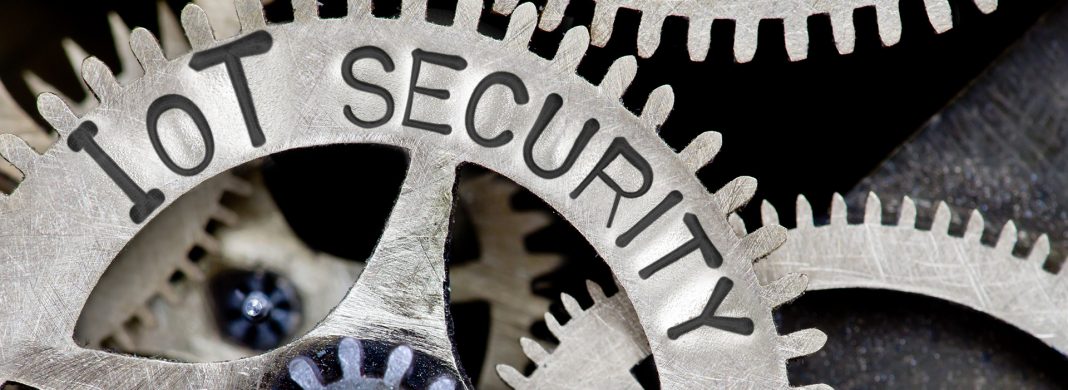Low power wide area (LPWA) networks are growing rapidly across the world with use cases ranging from cold-chain asset tracking to smart metering and remote management of sea freight and livestock. According to a recent ABI research study, the LPWA market is projected to increase 53% annually until 2023. The emergence of LPWA IoT over the past decade was initially met with restrictive high costs in network connectivity. Unlicensed LPWA network options quickly emerged as an attractive alternative to the restrictive costs of the licensed options for enterprise decision makers ready to deploy their IoT systems.
Mobile operators now are shifting the market with the introduction of NB-IoT and LTE-M, two recently developed LPWA networks that are both licensed and cost-effective. With these developments in LPWA network technology, enterprise decision makers can look past cost restrictions to consider some significant differences between licensed and unlicensed LPWA.
Carrier-Grade Security with Licensed LPWA Connections
All cost-effective LPWA networks, whether licensed or unlicensed, rely on some form of lower frequency network bands, and both licensed and unlicensed networks can provide similar solutions in terms of connectivity, cost, and coverage area. A major difference between licensed and unlicensed is the security of the network. Unlicensed networks, such as those provided by Sigfox and LoRa, make use of publicly available, open spectrum bands. These open spectrum bands are shared with household devices such as Wi-Fi routers, cordless landlines, and other non-managed communication implements that compete for bandwidth within the same frequency range creating data traffic. Because none of the signals are prioritized in open spectrum bands, data from these extraneous devices are likely to create interferences that can throttle or cause loss of signal, potentially leading to failures in the M2M and other IoT data transmissions.
On the other hand, licensed LTE-M and NB-IoT solutions are deployed by mobile network operators (MNO) on bands that are not open for public use and, therefore, will not run into the same problems with interference. As outlined by Sierra Wireless, the recent advancements in licensed LPWA take advantage of existing 3GPP*-regulated infrastructure as a means to reduce costs. LTE-M, the most flexible LPWA technology, utilizes LTE to support higher throughput for critical IoT use cases, like road safety and healthcare applications that require ultra-low latency rates. Significantly lower cost NB-IoT networks re-farm existing channels for massive IoT applications, such as remote sensor monitoring and asset tracking. With both LTE-M and NB-IoT, licensing ensures that the network frequency bands are backed by 3GPP standards, providing secure, carrier-grade connections.
* The 3rd Generation Partnership Project (3GPP) is an association of seven telecommunications standard development organizations (ARIB, ATIS, CCSA, ETSI, TSDSI, TTA, TTC), providing standardization oversight for cellular telecommunications network technologies
Carrier-grade connections not only provide a secure network, they also have the capacity for massive scalability with rapid deployment supported by MNOs. When it comes to large-scale IoT enterprises, such as cold-chain asset tracking or in-home healthcare services, a network that can scale to securely cover a countless number of assets over expansive, international regions is an important factor when deciding which type of LPWA network is the best fit. In addition to connectivity considerations, technology resources factor in as well. Teaming up with MNOs for a licensed LPWA network solution will have the unmistakable advantage of SIM card provisioning and the implementation of other certified hardware components.
Are There Still Meaningful Applications for Unlicensed LPWA?
Unlicensed LPWA solutions reached the market nearly five years prior to their recently advanced, licensed alternatives. Therefore, unlicensed LPWA networks, such as those deployed by Sigfox and LoRa, have the advantage of being available right now for any business concerned about time-to-market. Where LTE-M and NB-IoT will likely service enterprise-level use cases, smaller-scale business models with fewer requirements may greatly benefit from the current availability of an unlicensed network. Sigfox and LoRa potentially will phase into servicing smaller-scale operations where high-level network security, massive scalability, and the use of certified SIM devices are less urgent. Use cases such as IoT shopping cart or bike rental tracking, for example, may be well-suited with one of these readily available, unlicensed LPWA networks.
Secure Spectrum Solutions from Aeris
LTE-M and NB-IoT are broadening the potential for LPWA IoT deployments on a massive scale. For enterprises with longevity in mind that require a secure, scalable, carrier-grade network backed by strong infrastructure and tested technology, LTE-M and NB-IoT licensed LPWA options are the solution. Whether roaming or stationary, massive or critical, LTE-M and NB-IoT together will effectively cover all ground for the future of enterprise-level LPWA IoT.
At Aeris, we look forward to implementing these advancements in licensed LPWA network technology for your enterprise-level IoT systems. To learn more about your network options in the new LPWA connectivity landscape, download and listen to our LPWA Webinar.
Or download our Low Power Wide Area Networks industry brief, New Low Power Wide Area Network Protocols Lower the Cost of Connectivity.




